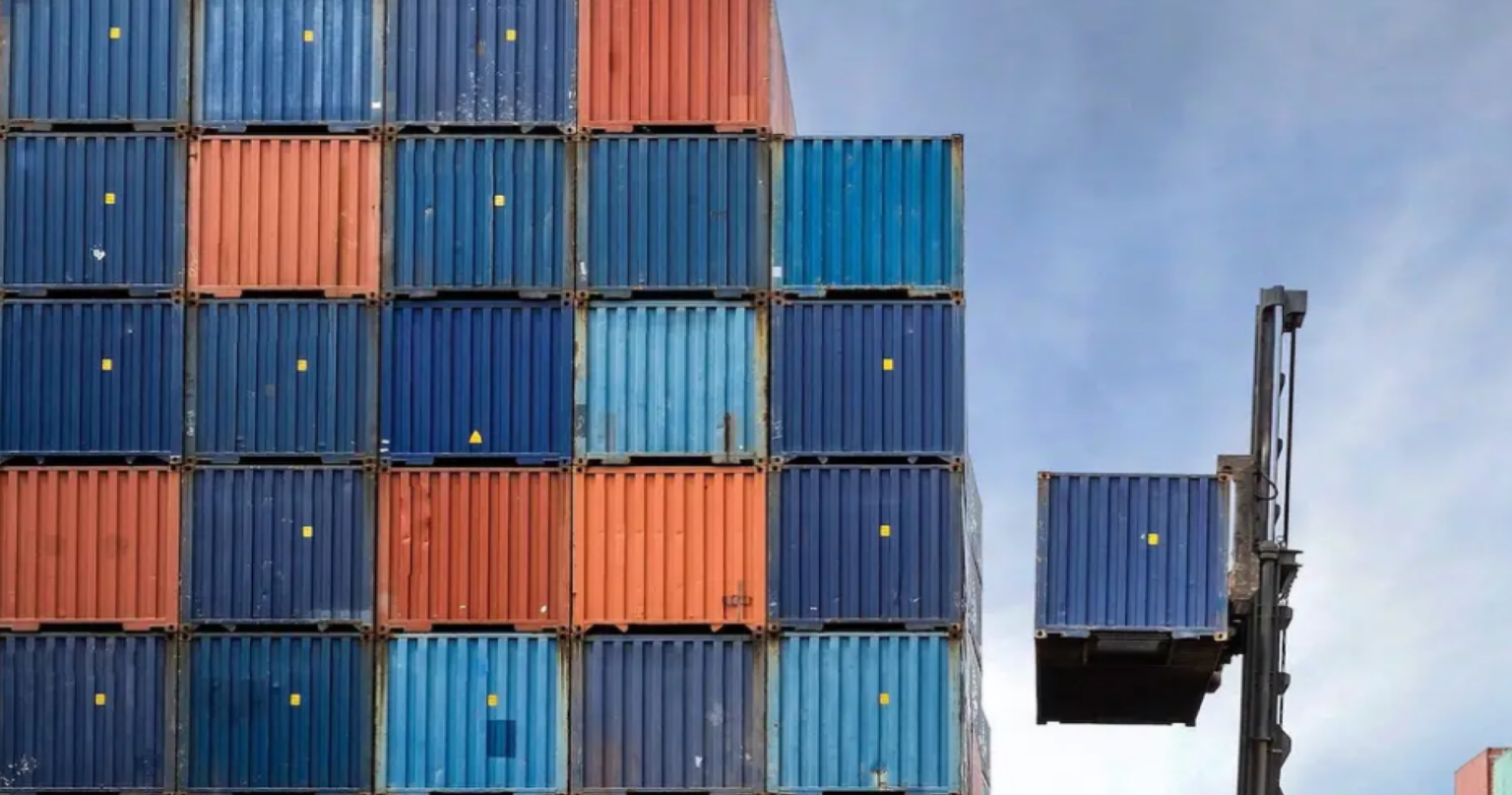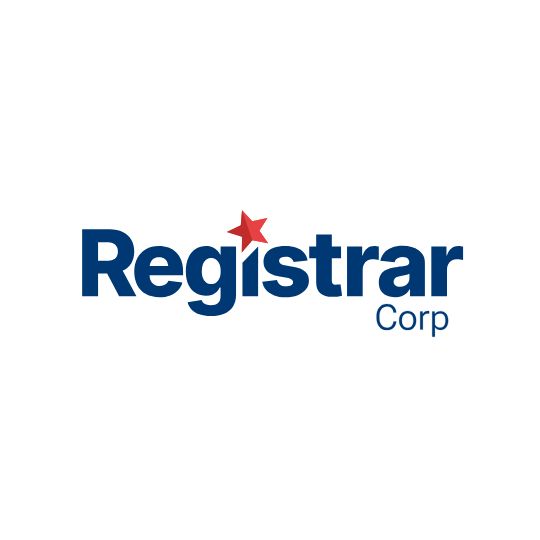For decades, many brands thought of Health Canada’s oversight of cosmetics as mostly paperwork: submit a Cosmetic Notification Form, print compliant labels, and you’re done. But Canada’s regulatory model has steadily evolved — and inspections today play an active role in confirming that what’s declared on paper matches what’s actually in a bottle, jar, or shipment.
Inspections aren’t limited to border checks or random samples. They’re part of a broader shift toward risk-based monitoring, driven by the reality that cosmetics are applied directly to skin, hair, eyes, and mouths — sometimes daily, often by vulnerable groups like children. A misstep in formulation, a mislabelled preservative, or a hidden banned substance can cause real harm. The modern inspection system is Health Canada’s safety net to catch those risks before they reach too many consumers.
When and Where Inspections Happen
Inspections take many forms — and the first surprise for new brands is that they can happen anywhere your product is handled or sold. Health Canada’s inspectorate can visit:
- Manufacturing sites in Canada that blend, fill, or package cosmetics.
- Import warehouses and customs ports where shipments arrive.
- Retail stores and distribution centers.
- Online stores, by ordering test samples the same way a customer would.
Even for brands without a physical Canadian office, these checks can reach you through your local Responsible Person, your shipping agent, or your retailer partners.
Some inspections are planned as part of routine “marketplace sweeps,” where Health Canada picks a category (like children’s products, skin lighteners, or high-fragrance products) for systematic checks. Others are complaint-driven, triggered by a consumer who reports a rash, a misleading claim, or an undisclosed allergen. In these cases, an inspection can quickly expand to include multiple product batches or lines if there’s any sign of systemic problems.
What Inspectors Are Looking For — The Big Three
1. The Label:
Inspectors always start here because the label is where the rules show up first. They verify that required elements — identity, net quantity, ingredient list — are present, formatted properly, and bilingual. They’ll check that ingredient names use correct INCI terminology and that “Ingredients” appears in English and French.
They’ll also scrutinize any claims. Many enforcement actions start with words: promising to “treat,” “heal,” “prevent,” or “cure” turns a cosmetic into a drug under Canadian law. Inspectors look for phrases that cross that line, whether on the package, outer box, or inserts. They also review caution statements for products that contain restricted ingredients — for example, a hair dye or a nail product might require a warning about patch tests or ventilation.
2. The Ingredients:
Next comes what’s inside. The ingredient list must match what’s actually in the formula. Inspectors may compare the declared ingredients to the brand’s Cosmetic Notification Form. If a fragrance allergen is listed on the CNF but missing on the label, that’s a mismatch.
They’ll check that no banned substances appear, intentionally or by contamination. They may verify that restricted ingredients, like certain preservatives or UV filters, stay within legal limits. The Cosmetic Ingredient Hotlist acts as their quick-reference guide — but they can also cross-check newer restrictions from the Chemicals Management Plan or global bans if Canada has updated its list.
3. The Responsible Person and Supporting Records:
Finally, inspectors look at the people and paperwork behind the product. Every cosmetic must have a Responsible Person with a valid Canadian address. Inspectors can ask to see contact details, verify they’re real and reachable, and check whether that person or company actually has access to the compliance documents.
Inspectors can also request proof that ingredient safety was assessed, that allergen thresholds were checked, or that suppliers were vetted. If the product was reformulated, they may ask for records showing when the change happened and whether the CNF was updated.
The Power to Sample and Test
One point that surprises newer brands is how far inspectors can go if they have concerns. If a product raises red flags — say, a cream that claims to whiten skin or a lotion suspected of containing steroids — Health Canada can seize samples for lab testing.
Tests may look for banned substances like hydroquinone, mercury, or heavy metals in pigments. They might analyze whether declared preservatives are present at legal levels — not underused, which could invite contamination, or overused, which could pose health risks. Microbial contamination is another target: creams, scrubs, and wipes can grow bacteria or mold if production and packaging aren’t well-controlled.
When testing reveals a problem, the product may be ordered off shelves immediately. Health Canada can then coordinate with the Responsible Person to manage a voluntary recall — or, if cooperation is poor, issue a mandatory recall under the Food and Drugs Act.
Digital Inspections: The New Frontier
Cosmetic brands that sell online often overlook how visible they really are. Health Canada treats a brand’s website, social ads, and influencer posts as extensions of the product label. Inspectors can and do browse product pages, read reviews and hashtags, and compare online claims to what’s on the box.
If your site promises that a face serum “treats acne” but the physical label simply says “hydrating serum,” the stronger claim online can tip the product into drug classification — a misbranding violation. Brands must train social teams and influencers carefully. In an inspection, screenshots of online claims can carry the same weight as photos of shelf packaging.
How an Inspection Plays Out — What to Expect in Real Terms
A typical cosmetic inspection is polite but thorough. Inspectors will introduce themselves, explain what they’re looking for, and ask for access to your product stock, labels, and any related documents. They may ask questions about how you verify ingredient safety, what your CNF includes, and whether your supply chain has been vetted for banned substances.
They can take photos, seize samples, and request copies of test results. They’ll also note whether your Responsible Person is available and responsive — a weak or absent contact is a red flag. If issues are found, they will outline what corrective action they expect and provide a window of time to fix it — unless the problem is severe enough to stop sales immediately.
Common Outcomes: Minor Fix or Major Recall
For low-level issues — say, a missing French label heading or an outdated CNF — the fix is usually voluntary. You may be given a written notice and a deadline to correct the label or re-file paperwork. Brands that move fast and cooperate rarely face further action.
If the inspection finds serious problems — banned ingredients, major misbranding, or a safety risk — the outcome can be a stop-sale order, public recall, or even a fine under the Food and Drugs Act. Repeat non-compliance can also damage retailer relationships and trigger extra inspections in the future.
How to Be Inspection-Ready at All Times
Smart cosmetic brands treat inspections not as a rare event but as an expected part of doing business in Canada. They keep up-to-date CNFs for every SKU. They ensure every ingredient matches the Hotlist limits. They prepare bilingual labels carefully and keep packaging samples on file to show what’s in circulation.
They also invest in supplier agreements that require full disclosure of raw material specs. This helps catch contamination risks early — before they become an inspector’s surprise find. Finally, they train marketing and sales teams so that claims stay inside the cosmetic zone across all channels.
A Modern Compliance Mindset
Health Canada’s approach to cosmetic inspections is practical but firm: the goal is to protect consumers and ensure that labels, ingredients, and claims can be trusted. Brands that show they have done their homework — with strong supply chain checks, honest CNFs, and clear labelling — usually find inspections straightforward.
Those that cut corners, reuse old labels, or rely on third parties to handle compliance without oversight are the ones that risk recalls, border delays, or worse — reputational harm that can cost far more than a fine.
In today’s Canada, staying inspection-ready is part of staying competitive — and the brands that embrace that reality send the strongest message to consumers: what you see is exactly what you get, and it’s safe to trust, every time.









